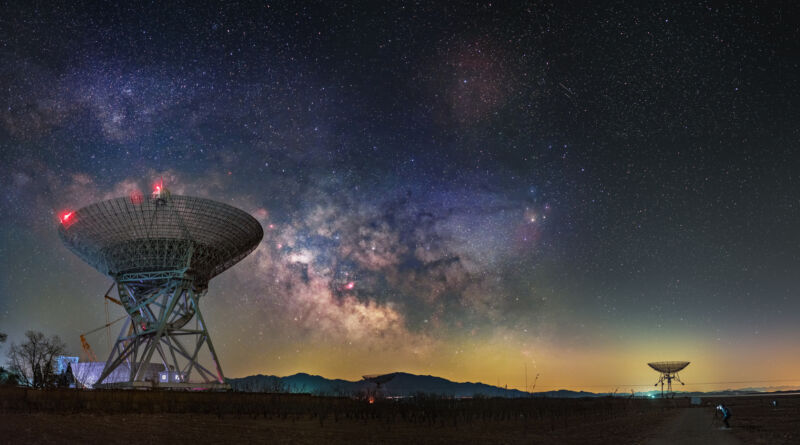A solar-powered rocket might be our ticket to interstellar space

Enlarge (credit: Haitong Yu | Getty Images)
If Jason Benkoski is right, the path to interstellar space begins in a shipping container tucked behind a laboratory high bay in Maryland. The setup looks like something out of a low-budget sci-fi film: one wall of the container is lined with thousands of LEDs, an inscrutable metal trellis runs down the center, and a thick black curtain partially obscures the apparatus. This is the Johns Hopkins University Applied Physics Laboratory solar simulator, a tool that can shine with the intensity of 20 Suns. On Thursday afternoon, Benkoski mounted a small black-and-white tile onto the trellis and pulled a dark curtain around the setup before stepping out of the shipping container. Then he hit the light switch.
Once the solar simulator was blistering hot, Benkoski started pumping liquid helium through a small embedded tube that snaked across the slab. The helium absorbed heat from the LEDs as it wound through the channel and expanded until it was finally released through a small nozzle. It might not sound like much, but Benkoski and his team just demonstrated solar thermal propulsion, a previously theoretical type of rocket engine that is powered by the Sun's heat. They think it could be the key to interstellar exploration.
Read 14 remaining paragraphs | Comments